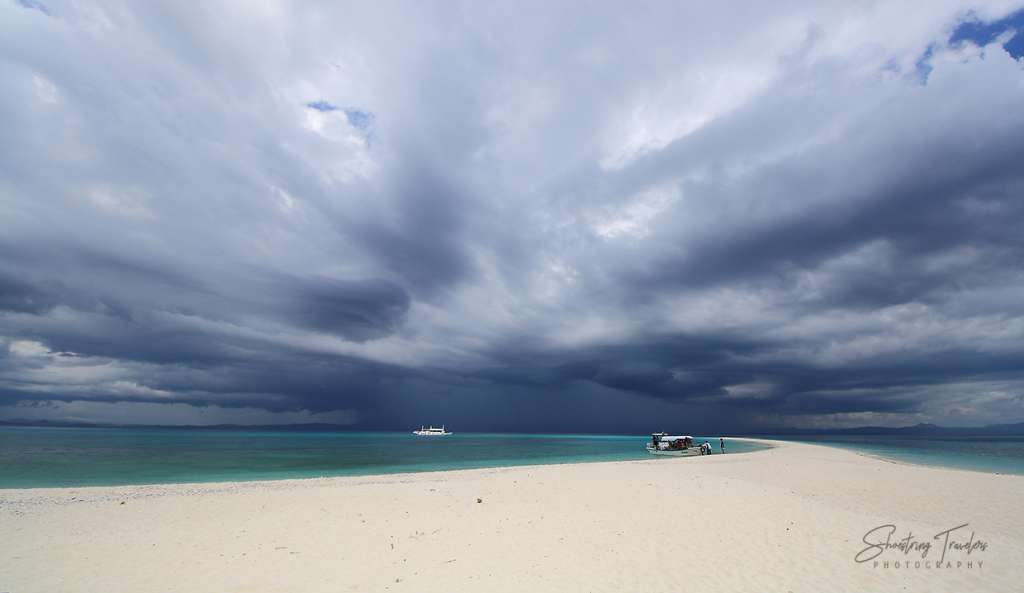
My nephew and I were swimming in the water a short distance away from our boat when a woman snorkeling not too far away from us suddenly surfaced and shrieked in terror. A whale shark was headed straight towards her, its faint outline gliding under the waves. I smiled knowing that whale sharks pose no threat to humans and feed almost exclusively on plankton. But when I dropped slightly underwater to snorkel and view the spectacle, I realized just how massive this animal is. No wonder that lady was frightened to death.
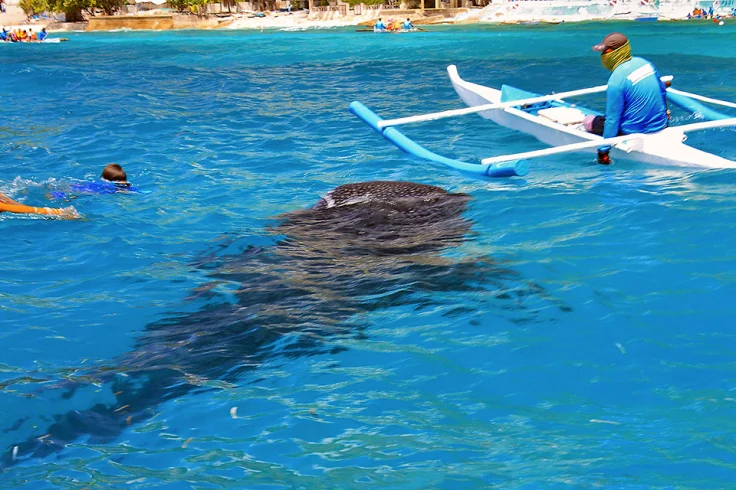
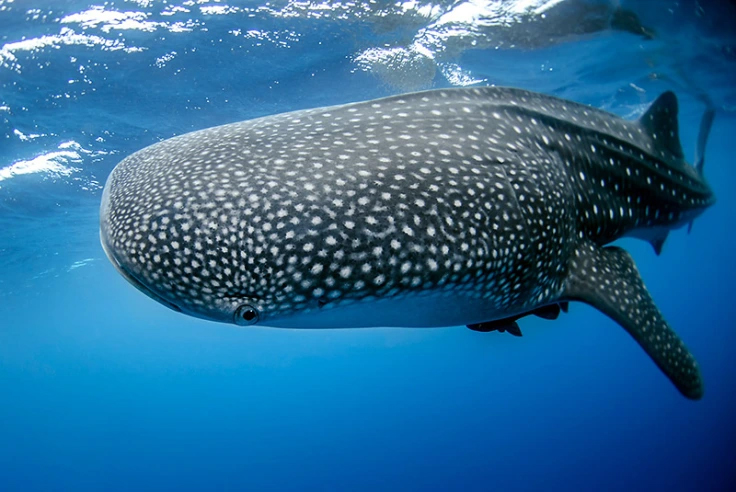
In our travels we’ve had various encounters with natural phenomena some by design, others by accident. Some of these encounters should be approached with caution. Most of these were with members of the animal kingdom but experiences with uncooperative weather made for some memorable circumstances as well.
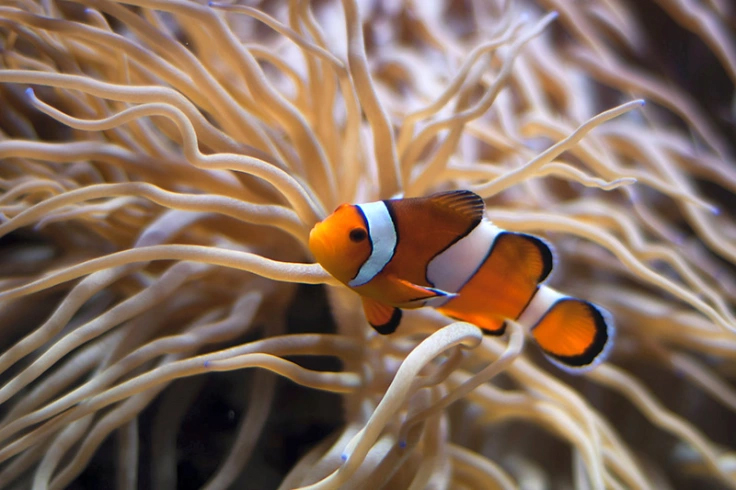
In the past one of the things we always look forward to when visiting a beach or coastal destination is snorkeling and viewing colorful marine life. One of the prized sightings during these snorkeling adventures is that of a clownfish in its sea anemone habitat. However, we’ve learned not to get too close to them as it will immediately provoke an attack from these attractive but aggressive territorial fish. Clownfish will often bite your hand and though their teeth aren’t that sharp it can sometimes cause pain or even draw blood if the bite is deep.
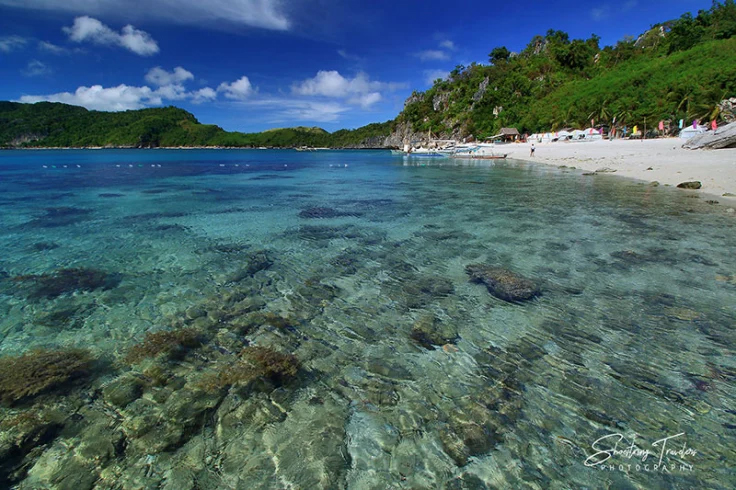
On a visit to Antonia Beach in Gigantes Sur Island, Carles, Iloilo, we chanced upon an excellent snorkeling site. One of the fishes there was quite aggressive, chasing away other fish that ventured into its territory. It was probably protecting its nest of eggs and when we approached it attacked us. Its bite wasn’t painful – it actually felt more ticklish than painful – but we decided to just avoid it.
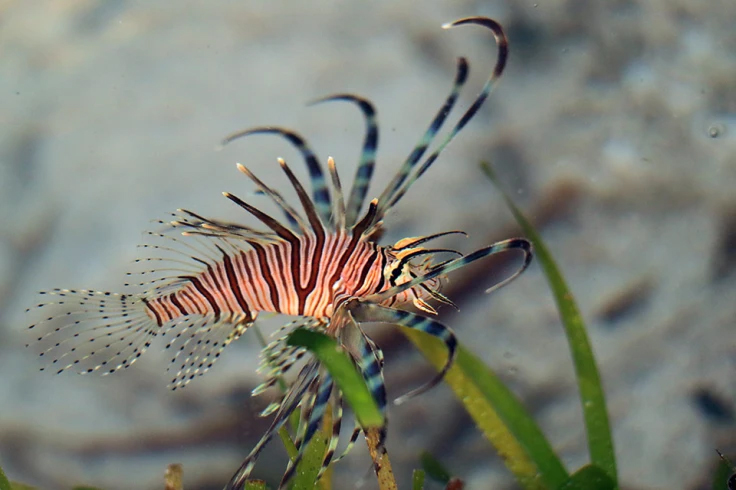
Some fish might not be aggressive but their bodies pack toxins that can do plenty of damage. We’ve read a lot about the colorful lionfish and its venom that can cause extreme pain, nausea, headache, dizziness and other troubling symptoms. It may even cause death to very young children, the elderly and those with allergies or weak immune systems. We never saw one when snorkeling but Leo saw one that was trapped in a tidal pool during a visit to a beach in Bolinao.
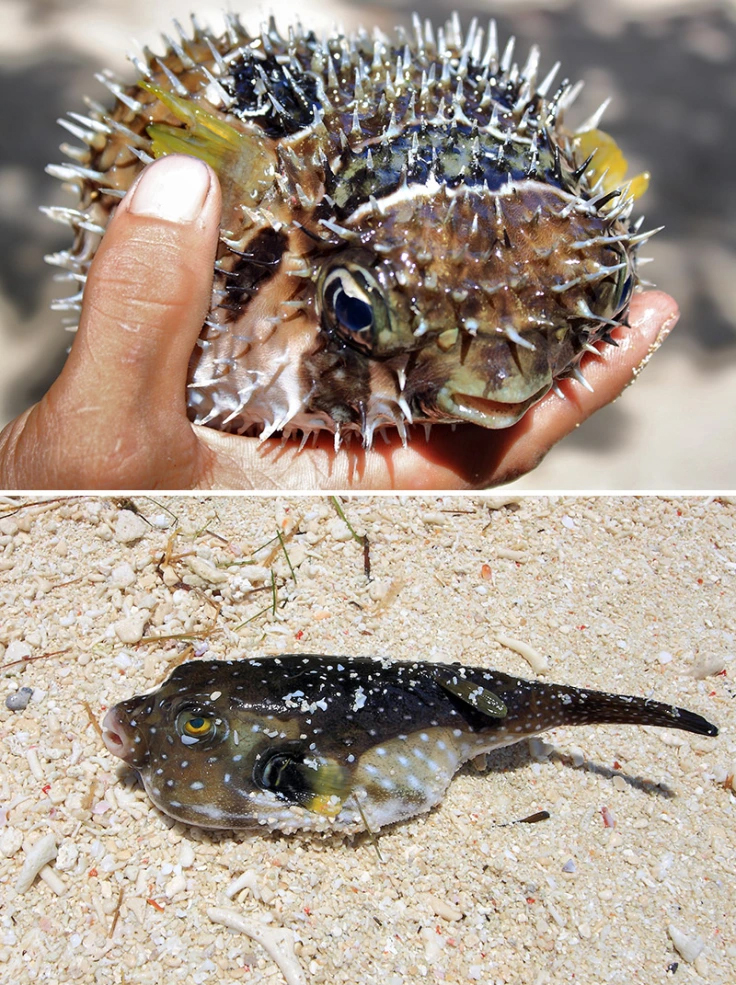
Photo by Leo Castillo.
We’ve never encountered pufferfish or boxfish when snorkeling but did see some dead ones washed up on a beach and a live one that a fisherman just caught off Patar Beach in Bolinao. The guy said he would prepare it for dinner, ceviche-style. He should know how to do that because most pufferfish species are toxic and some are among the most poisonous vertebrates in the world. Although specially trained and licensed chefs in Japan – where it is a highly-priced delicacy – prepare it, a few people have died in the past decade from eating it. On a visit to the Igang Marine Station in Guimaras, we noticed some pufferfish inside a tank full of huge groupers. One of the staff members recalled the groupers swallowing the pufferfish only to spit them out in an instant.
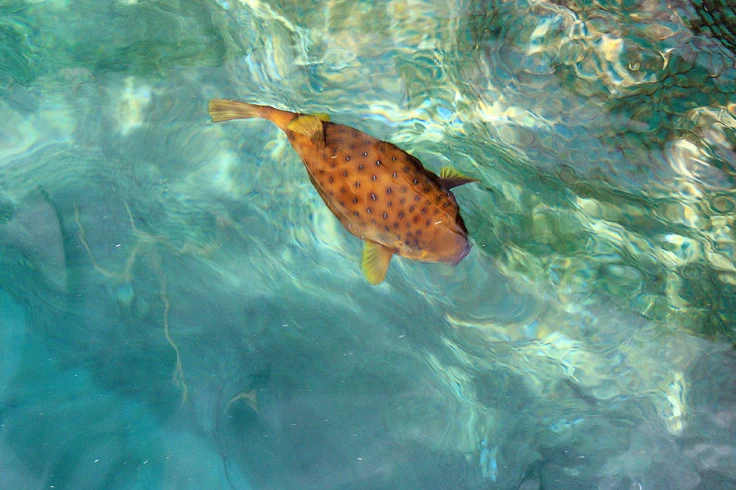
The fish we encountered above was inside one of the fish cages at the Juag Lagoon in Matnog, Sorsogon, also swimming among huge groupers and giant trevally – some of the latter as long as 5 feet. The huge fish left them alone so we can only conclude it was poisonous. We’re not sure if this one is a pufferfish or a boxfish (most probably a pufferfish). The latter can release poisonous toxins from its body when stressed or threatened so it is best to leave them alone.
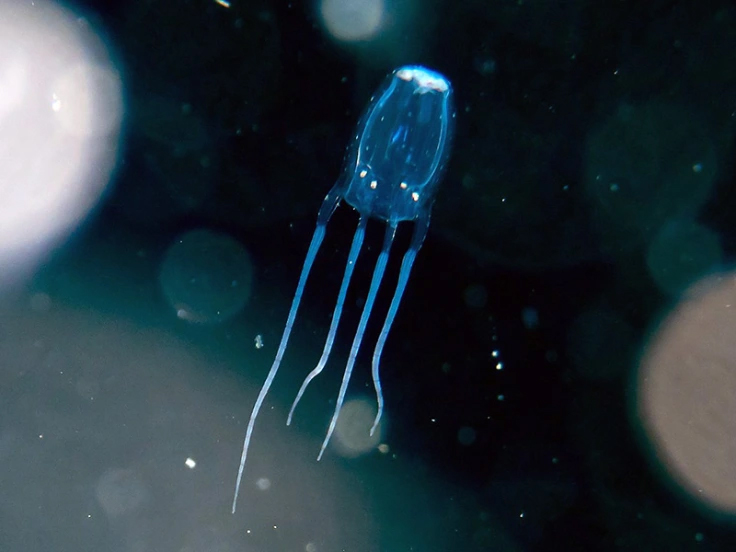
The jellyfish is another marine creature that we often encounter in Philippine waters. Although there are a few jellyfish species that are harmless most have stings that can cause anything from mild discomfort to serious injury and even death. The box jellyfish in particular has an extremely painful sting that can cause death especially to children.
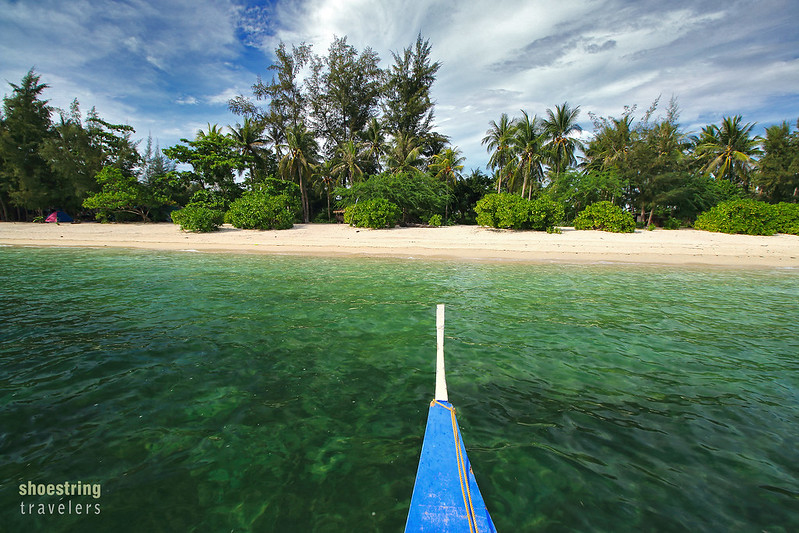
On a trip to Padre Burgos in Quezon province we learned from locals that some kids in the area have died from jellyfish stings – most probably from box jellyfish. At Dampalitan Island, Leo absent-mindedly stepped outside a marked area where it was safe to swim. As a result, he got an itchy and painful sting in his left leg that left a long mark which a long jellyfish tentacle would normally cause. That mark took 2-3 years before disappearing. We’re not sure what caused it but it was probably a box jellyfish sting.
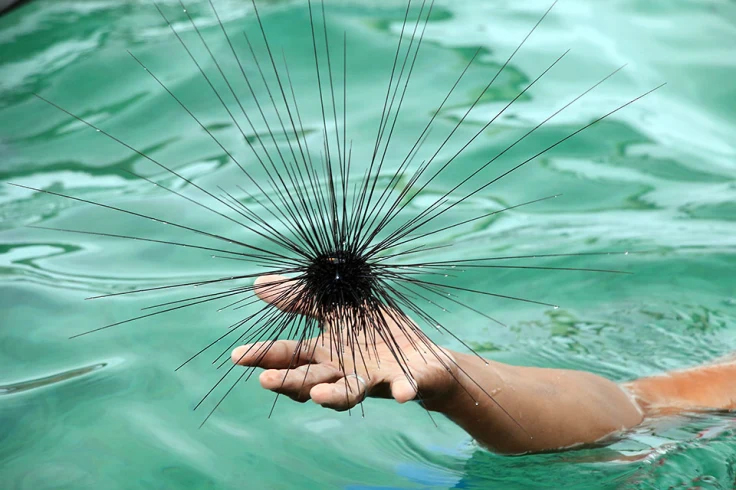
We’ve seen sea urchins several times when snorkeling. These prickly creatures would just lay on the sea bed, unmoving, so it’s relatively easy to avoid them. When someone unknowingly comes into contact with them, the best immediate remedy we’ve heard is to pee into the affected part of the body which we’ve seen a friend do during a trip to Puerto Galera. Years later we didn’t realize that you can actually hold them with your bare hands – if you know how to do it. But for us it’s better to just feast on these creatures.
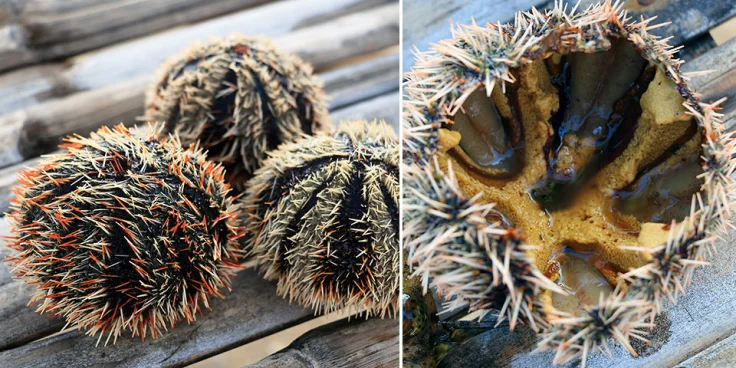
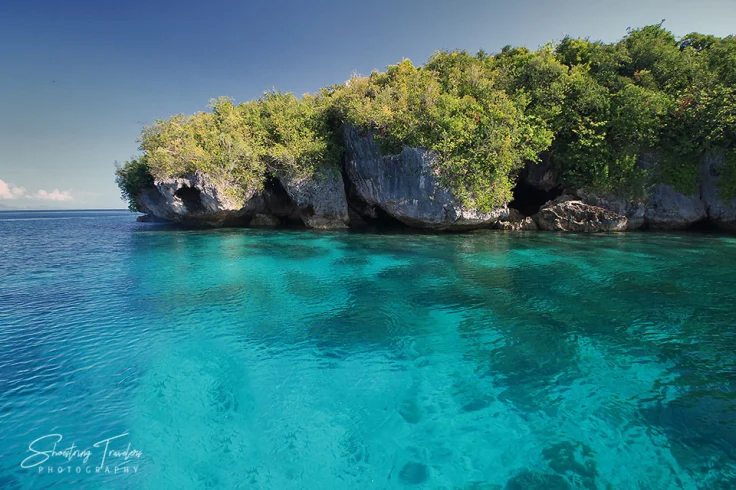
Sea kraits are a species of snakes that can move on land and swim. They need to go to land to digest prey and lay eggs. They are also one of the most venomous snakes on the planet. Fortunately, we never encountered a live one in the water although these snakes are non-aggressive, shy and reclusive. Children in New Caledonia are known to play with them. The only live encounter we had with sea kraits was on a visit to Minalayo Island – more popularly known as Snake Island for appropriate reason – situated between Ticao and Masbate Islands. The island became a breeding ground for sea kraits and we were able to observe a number of them on land while remaining a safe distance away.
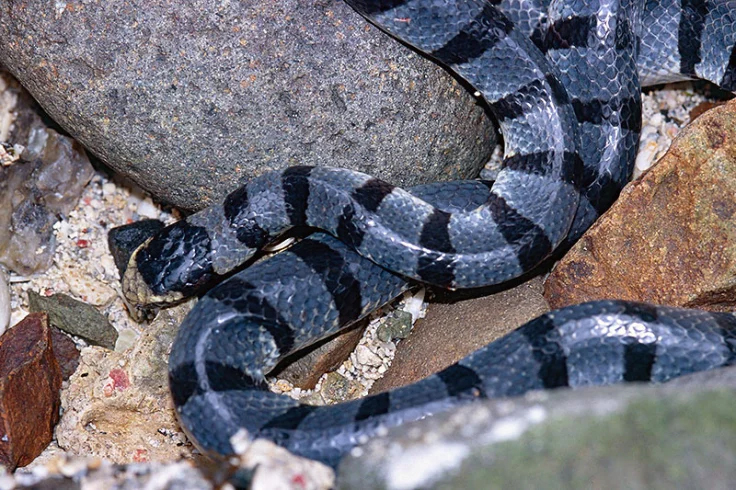
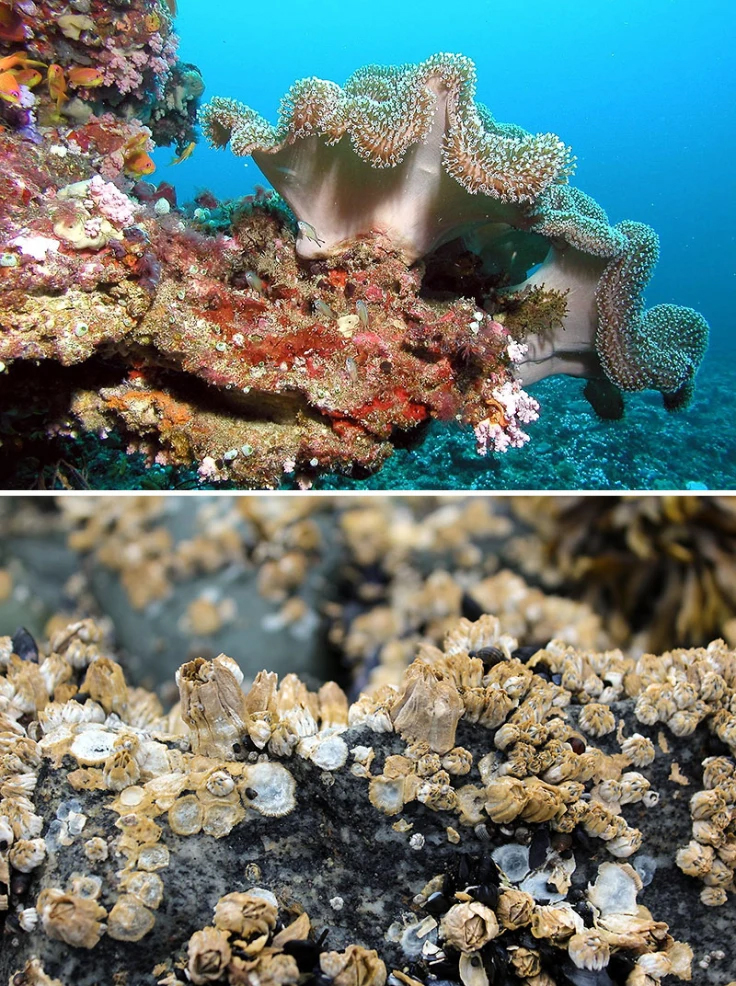
Another member of the animal kingdom that we always look forward to encountering when snorkeling, corals in tropical waters are often diverse in form and color. But don’t let these hard-skeleton marine invertebrates fool you because some species have razor-sharp edges that can cut you up or scrape you. Which is what happened to us on a few occasions. Barnacles can also cause cuts such as what happened to Leo during snorkeling at the entrance to Kayangan Lake in Coron, Palawan. Although the wound bled a bit at first it fortunately did not fester and healed in no time. Others might not be as fortunate as some of these wounds would sometimes take weeks to heal completely.
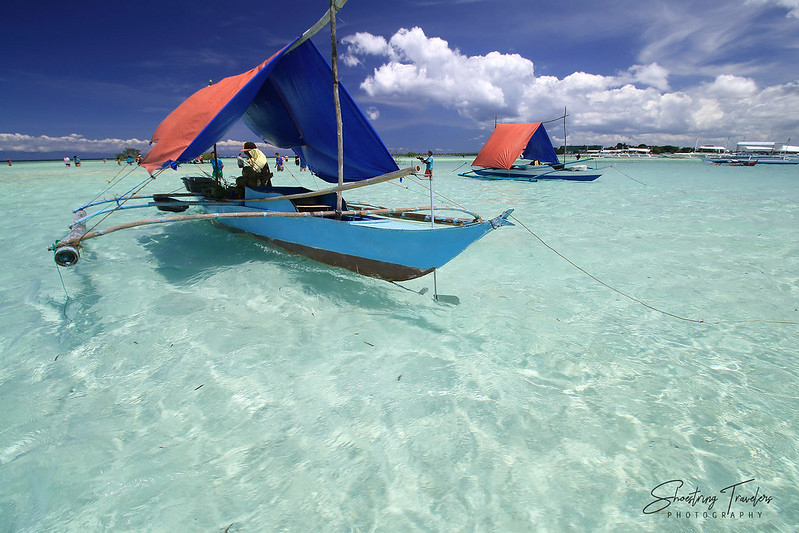
Inclement weather is another of mother nature’s harsh jokes that could pose a challenge to our travels. In December 2021, Typhoon Odette (international name Rai) slammed into northern Mindanao, parts of the Visayas and Palawan. In its deadly path were the famous tourist destinations of Siargao, Bohol and parts of Cebu. The lesser known Dinagat Islands/province was devastated. Tourists were left stranded in these regions as the typhoon cut off communications and inter-island travel. We often read a lot about weather forecasts well before leaving on a trip but were still caught off-guard on a few occasions.
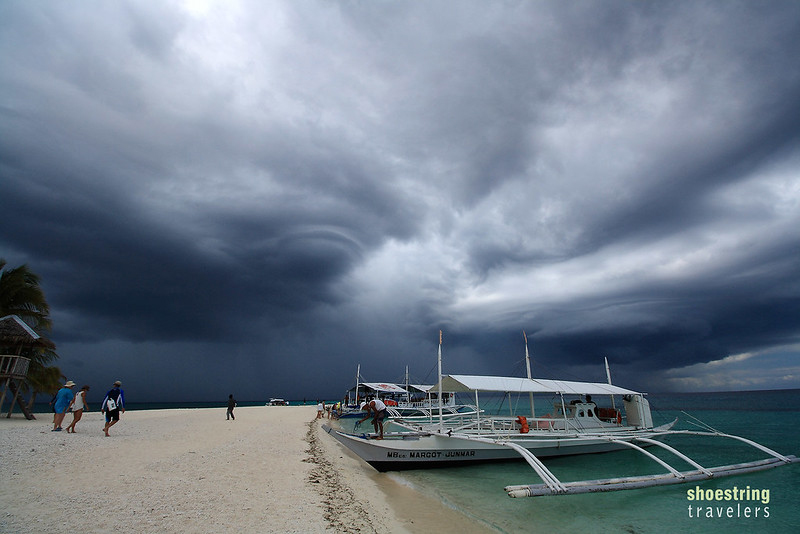
During our return boat ride back to the Leyte main island from Kalanggaman Island in Palompon, we ran into a rain squall in the open sea. We had to ride the storm literally since we won’t be able to catch the last ride out of Palompon town to our hotel in Ormoc City. Because of the strong wind that came with the rain we were soaked to the bone although the waves were somewhat manageable.
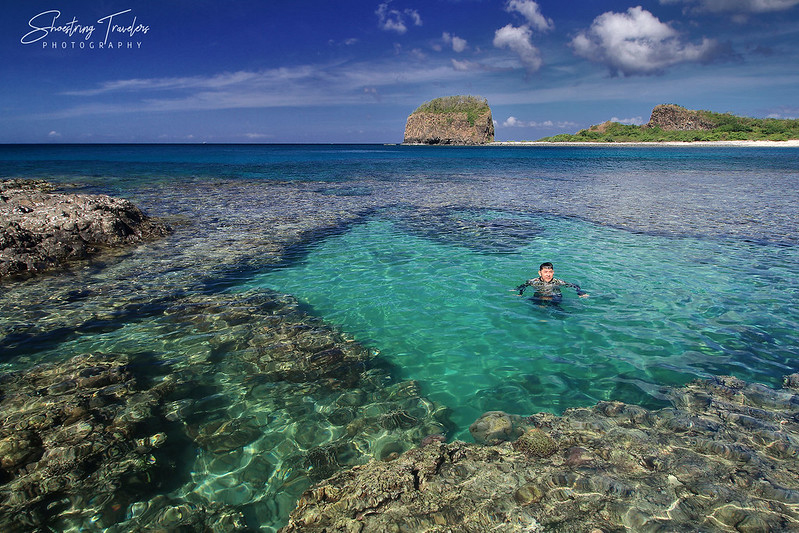
Photo by Leo Castillo.
It was the same on a boat ride to Sombrero Island in Tingloy, Batangas. Leo even considered wearing goggles on the boat so he could see through the strong swells that kept pulverizing the boat and drenching us. Everyone had to cover their eyes to protect them from the waves that smashed into our faces. The snorkeling site was incredible – nearby Anilao is recognized as on of the best dive sites in the world – but the strong waves kept pumping water into our snorkels so we could only snorkel for a limited time.
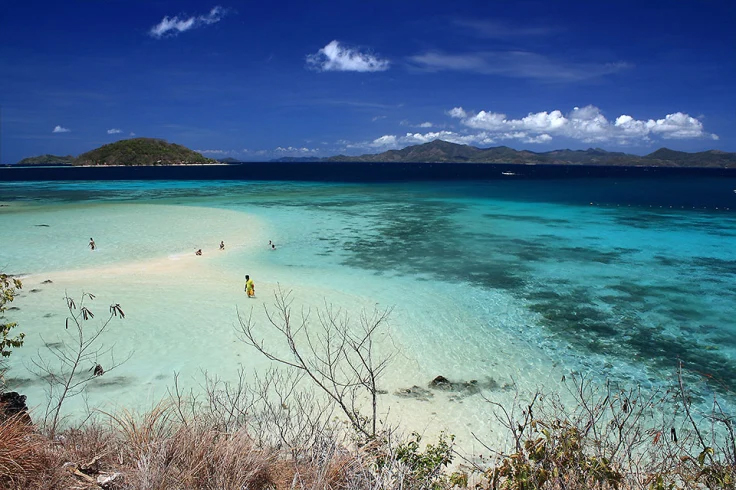
Photo by Leo Castillo.
Many of our island-hopping tours in the past were done in small motorized outriggers and if the destination was in a remote, seldom-visited area chances are the boat crew will not provide life vests. But even with life vests the ride can still be nerve-racking. On our way to Bulog Dos, Banana Island and Malcapuya Island in the Calamianes, Palawan, we had to go through a scary roller-coaster of a ride through the rough seas. In fair, sunny weather. Our boat had to cut power time and again to avoid capsizing resulting in a longer-than-usual journey.
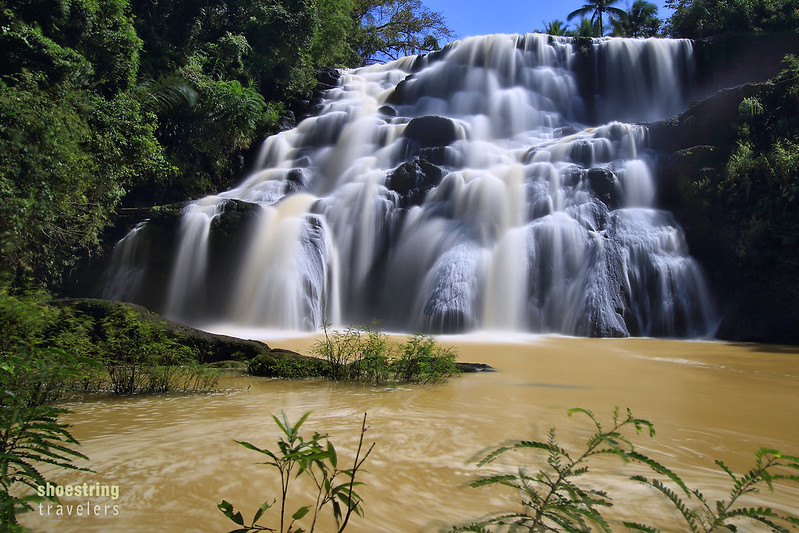
As we mentioned earlier, we do a lot of research on weather forecasts before making our trips. So on a hike to Aliw Falls in Luisiana, Laguna, we were pretty confident when most weather forecasts indicated a sunny day. What we didn’t plan for was a heavy downpour the previous night that turned the trail to the waterfalls into a quagmire of mud. What should have been a 15-minute walk turned into a muddy slog that took thrice that amount of time. Our group ended up covered in brown slush with Nina even losing her older pair of sandals as a result.
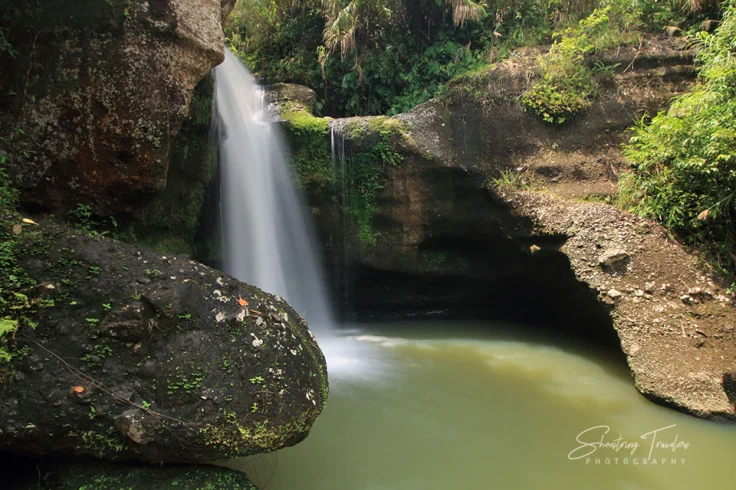
So on a recent hike to a waterfall in Siniloan, we had to abort when the trail up a steep hillside became too muddy… and too dangerous. Another unexpected obstacle we sometimes encounter during such hikes is dense jungle or forest growth. On a trek to Tulay na Bato Falls also in Siniloan, the trail we were using was overgrown with shrubs and vines. Leo cut his leg on a sharp twig while Nina got her hair entangled in a vine hanging from above. Fortunately, we were able to free her without too much difficulty. After that it was a steep ascent followed by a final descent through huge and slippery boulders.
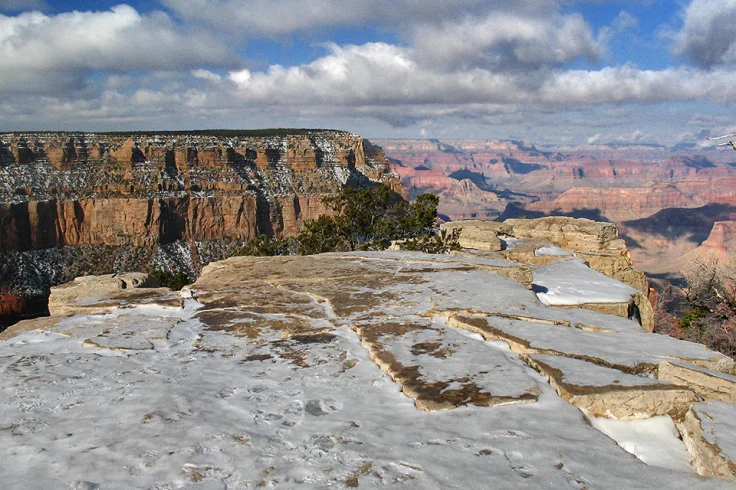
Different countries have different travel problems due to the weather. During our 3-year stint in the U.S., we had the opportunity to visit the Grand Canyon in late winter. It was snowing lightly when we got there very early in the morning but as the day wore on the sun came up and the snow melted. Our car didn’t have any problems negotiating the roads and we were planning to drive to Sedona, Arizona the following day. One of the hotel staff however, told us that it was snowing heavily on the way there and there was no way we could make it safely. There was no other choice but to drive back home the way we came.
These days the pandemic has made travel a lot more difficult as countries put in restrictive measures. Travel has changed a lot because of Covid and we can only hope and pray that things will be better this coming 2022.
For more stories from Leo Castillo, visit his website: ShoestringDiary.






















